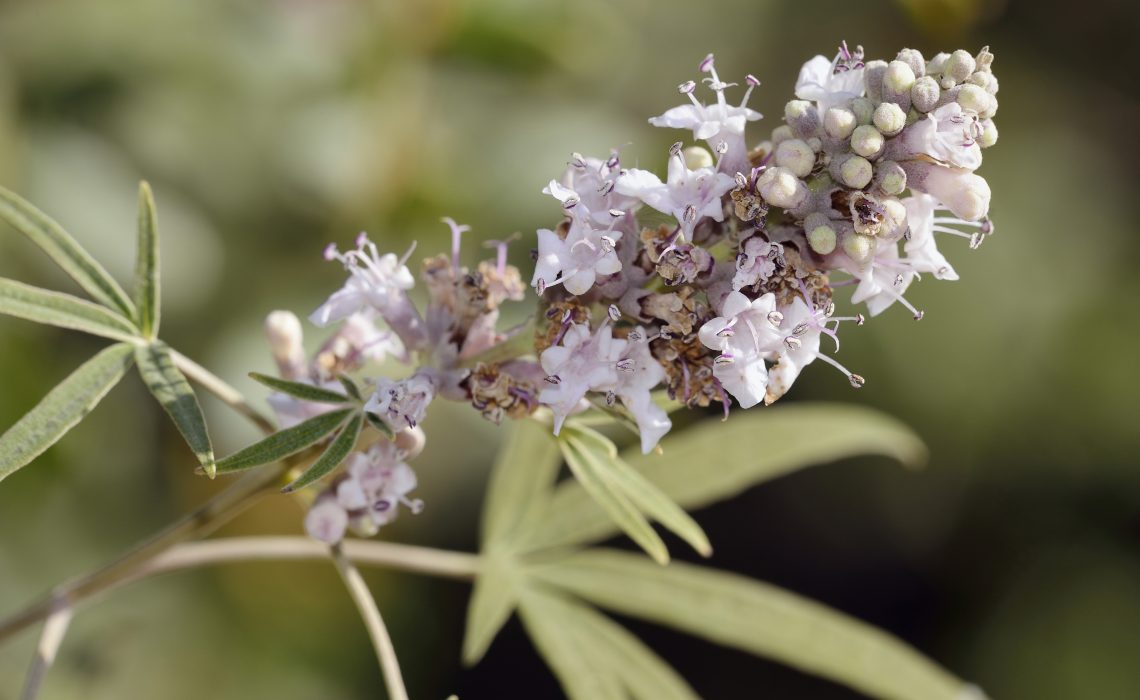
Although Mother Nature has given women unique challenges, she has also blessed us with a plethora of herbs that seem to be perfectly suited for our unique gynecological needs.
Menstruation Years
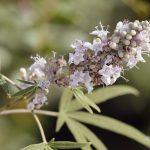 Two of my favorite herbal remedies for menstrual irregularities are Chaste Tree and Dong Quai. Chaste Tree (Vitex Agnus-Castus), a shrub native to parts of Europe and Asia, acts on a number of female hormones including progesterone and prolactin. You would be hard-pressed to find any formula for menstrual irregularities or PMS without it! It can address a wide range of issues from heavy flow to breast pain and hormonal acne. Be patient as it yields results slowly but surely.
Two of my favorite herbal remedies for menstrual irregularities are Chaste Tree and Dong Quai. Chaste Tree (Vitex Agnus-Castus), a shrub native to parts of Europe and Asia, acts on a number of female hormones including progesterone and prolactin. You would be hard-pressed to find any formula for menstrual irregularities or PMS without it! It can address a wide range of issues from heavy flow to breast pain and hormonal acne. Be patient as it yields results slowly but surely.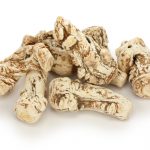 Another perhaps less well known herb for younger women is Dong Quai (Angelica Sinensis). In Traditional Chinese Medicine it is thought to “nourish the blood and qi”. In western herbal medicine it is a valued anti-inflammatory, antispasmodic and analgesic (pain reducing). From whichever perspective you look at it, it too helps with a wide range of common gynecological issues like menstrual pain, lack of menses and heavy flow. With proper guidance it may also be used for more serious issues such as endometriosis, fibroids or threatened miscarriage.
Another perhaps less well known herb for younger women is Dong Quai (Angelica Sinensis). In Traditional Chinese Medicine it is thought to “nourish the blood and qi”. In western herbal medicine it is a valued anti-inflammatory, antispasmodic and analgesic (pain reducing). From whichever perspective you look at it, it too helps with a wide range of common gynecological issues like menstrual pain, lack of menses and heavy flow. With proper guidance it may also be used for more serious issues such as endometriosis, fibroids or threatened miscarriage.Pre and Post Menopause
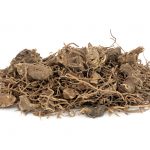 Some herbs may serve women both in their youth as well as during menopause. Black cohosh (Actaea racemosa) is probably the best-known herb for menopause in North America today. However, much like Dong Quai, its anti-inflammatory, antispasmodic and analgesic properties, as well as its affinity for the uterine muscles, make it well suited for gynecological complaints, such as menstrual pains, premenstrual headaches or migraines, and ovulatory discomfort. Black cohosh can also offer relief to menopausal women suffering from hot flashes, headaches, sweating, insomnia, headaches, depression and vaginal dryness. Most evidence suggests it does not actually impart estrogen activity, yet this is controversial.
Some herbs may serve women both in their youth as well as during menopause. Black cohosh (Actaea racemosa) is probably the best-known herb for menopause in North America today. However, much like Dong Quai, its anti-inflammatory, antispasmodic and analgesic properties, as well as its affinity for the uterine muscles, make it well suited for gynecological complaints, such as menstrual pains, premenstrual headaches or migraines, and ovulatory discomfort. Black cohosh can also offer relief to menopausal women suffering from hot flashes, headaches, sweating, insomnia, headaches, depression and vaginal dryness. Most evidence suggests it does not actually impart estrogen activity, yet this is controversial.
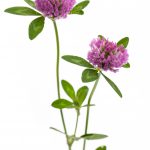 Red Clover (Trifolium pratense) is also used to treat health complaints affecting mature women such as hot flashes, osteoporosis, and vaginal dryness. Its phytoestrogen (or plant estrogen) constituents explain why it is sometimes referred to as a natural form of hormone replacement therapy (HRT). Phytoestrogens are natural to many herbs and plants. In fact, the regular consumption of photoestrogen rich soy foods are associated with a decreased risk of breast cancer. While Red Clover has a high safety profile, it is always best to seek guidance if you are a woman with a family or person history of an estrogen-receptor (ER) positive breast cancer or if you are currently taking HRT.
Red Clover (Trifolium pratense) is also used to treat health complaints affecting mature women such as hot flashes, osteoporosis, and vaginal dryness. Its phytoestrogen (or plant estrogen) constituents explain why it is sometimes referred to as a natural form of hormone replacement therapy (HRT). Phytoestrogens are natural to many herbs and plants. In fact, the regular consumption of photoestrogen rich soy foods are associated with a decreased risk of breast cancer. While Red Clover has a high safety profile, it is always best to seek guidance if you are a woman with a family or person history of an estrogen-receptor (ER) positive breast cancer or if you are currently taking HRT.
Herbs can be in the form of a tea, as a pill with a standardized extract or by way of an alcohol extract known as a tincture. A combination usually yields the best results.
By Dr. Thalia Charney, MA ND
Doctor of Naturopathic Medicine
Website: www.theclassroomdoc.com
Instagram: @theclassroomdoc
BIO
Dr. Thalia Charney is a Naturopathic Doctor, public speaker and the author of, The Confident Food Shopper: The Guide to Food Labels and Fables. As the Nutrition and Health Education Manager at Puresource (NOW Health Group Canada), she teaches how natural health products can support optimal health and wellness. She also blogs and posts about food ingredients, food security, and politics on a regular basis @theclassroomdoc. For more info visit www.theclassroomdoc.com or follow her on facebook, twitter, and Instagram.
